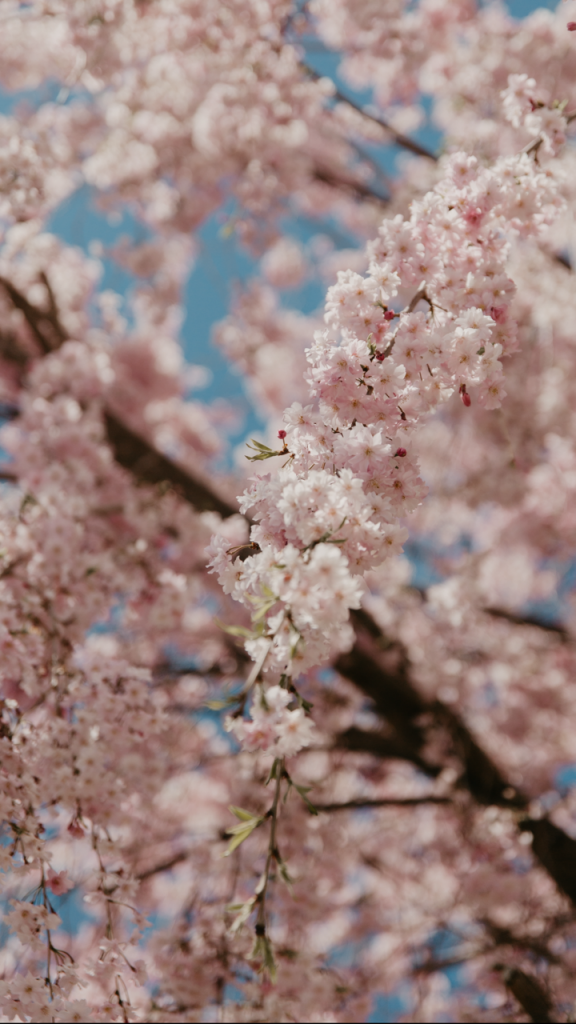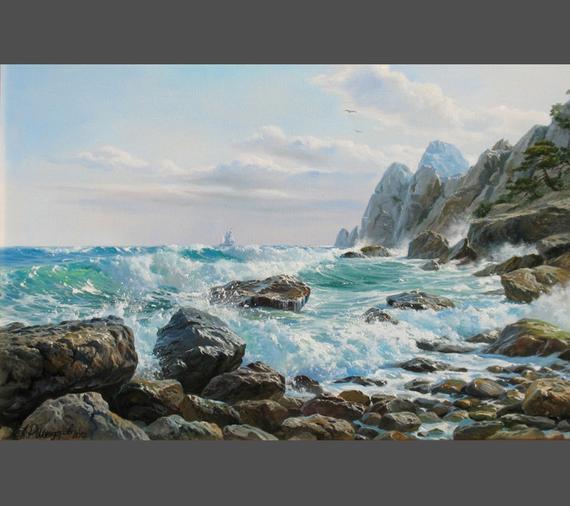
Local photographer and videographer Kellie Sasso has been in a mood lately — compiling her newest video and audio project, Mood Project that is. The project, which officially launched on Instagram on April 15, is a collection of videos created by Sasso which focus on relaxing viewers through sounds and visuals — and capturing the perfect mood.
The 22-year-old creative and graduating University of Nevada, Reno senior has always been attracted to the visual, starting nearly 12 years ago when she began creating videos on her computer’s webcam. She’s since strengthened her craft, working as a freelance photographer, videographer and Insight Magazine’s photography editor since her sophomore year of college.
Since beginning her photography and videography journey, nothing has stopped the Arizona native from creating and working, including her impressive work with rock band, Whitesnake. “Call me Sasso — Coverdale does,” states Sasso’s Insight Magazine staff biography. And nothing continues to stop her — not even the coronavirus pandemic. If anything, having to social distance has benefitted Sasso’s work.
“When I find it hard to be creative, it’s usually because something deeper is bothering me. So, quarantine has been great —in a way— because I have more time for myself, and I’ve been able to focus on what I need to sort out my emotions,” said Sasso.
Quarantine has motivated Sasso to start painting, cooking healthier meals, learning french and dedicating her energy to Mood Project, an experimental ASMR art project.
The idea came to Sasso before the stay at home order started; she recorded footage during an Oregon trip in mid-February, which she intended to keep just for memories. However, after expressing her Mood Project idea to her friend and being encouraged, she attempted to use the Oregon footage for the project. The trip eventually became her second video, which was published on April 18.
“Mood Project was really just born in the midst of quarantine because I was able to make time to do it. I had no excuses at that point,” said Sasso.
Feeling cooped up, frustrated and like a child at home, Sasso transferred all her frustrations into something productive; she filmed her first Mood Project video, which follows the photographer around her room as she paints, listens to music and watches the sunset on yet another day of social distancing.
“I have always really enjoyed ASMR but felt kind of embarrassed about it,” shared Sasso. “I also loved seeing examples of it in movies like ‘Battle of the Sexes’ when Emma Stone gets a haircut. You just feel so enticed and relaxed watching it, and when it’s in a cinematic context, I think it’s easier to digest and less cringe.”
However, aside from her current circumstance and admiration for ASMR projects, Mood Project has also been a personal and necessary creative outlet for her.
“My counselor once told me the key to calming my anxiety is by staying in the present, and it’s easy to do if you just slow down in the moment and point out your five senses. This advice has helped me so much, and I thought it was a good tie in to why ASMR has always been so relaxing for me. So, the yin and yang kind of came together.”
Sasso first came up with the project to help those dealing with anxiety, and to encourage people to focus on their experiences in a more sensory way. She also deemed the project as something fun to work on by capturing moments “we generally take for granted” by slowing them down and shining a “new light” on them.
To evoke her relaxing and therapeutic agenda, Sasso tries to be in the right headspace when capturing mundane sounds and sights, claiming them as a reflection of what’s most important to her at the moment of shooting.
“I try to hone in on things we usually just walk past without giving a second look. Those things can be really beautiful if we take a second to look at them. For example, a flag on a pole is something we see every day, but it really does dance around gracefully and makes a soothing, crisp sound, as well. I also love finding noises I really love and giving them a chance to linger for a while,” said Sasso.
To Sasso, this project is solely about staying creative and helping people; she isn’t focused on things like monetary gain and massive audience reach.
“I’ve had a really surprising amount of people send me sweet messages saying [my videos] have helped them with their anxiety tremendously, and that they can’t wait for the next videos. It’s really moved me; it sounds cliche but even just helping a few people makes it really worth it for me.”
Sasso hopes to collaborate in the future with her many creative and talented friends. She’s currently working with her friend Hannah Knapp from Han Painted Designs on minimalistic graphics for Mood Project’s promotion on Instagram. She’s also collaborating with some musician friends to write chill tunes for upcoming content, which proves Mood Project is destined to grow and remain — even after social distancing rules are lifted.
“I’m hoping to continue Mood Project through my twenties, so I can look back on all of my experiences, revisit them and appreciate the little moments between the big ones.”
Visit Mood Project’s Instagram @moodproject_ and its new TikTok account @moodproject for Kellie Sasso’s latest chill moods and experiences, and follow @sasssophoto for updates on her latest photography and videography projects today.




